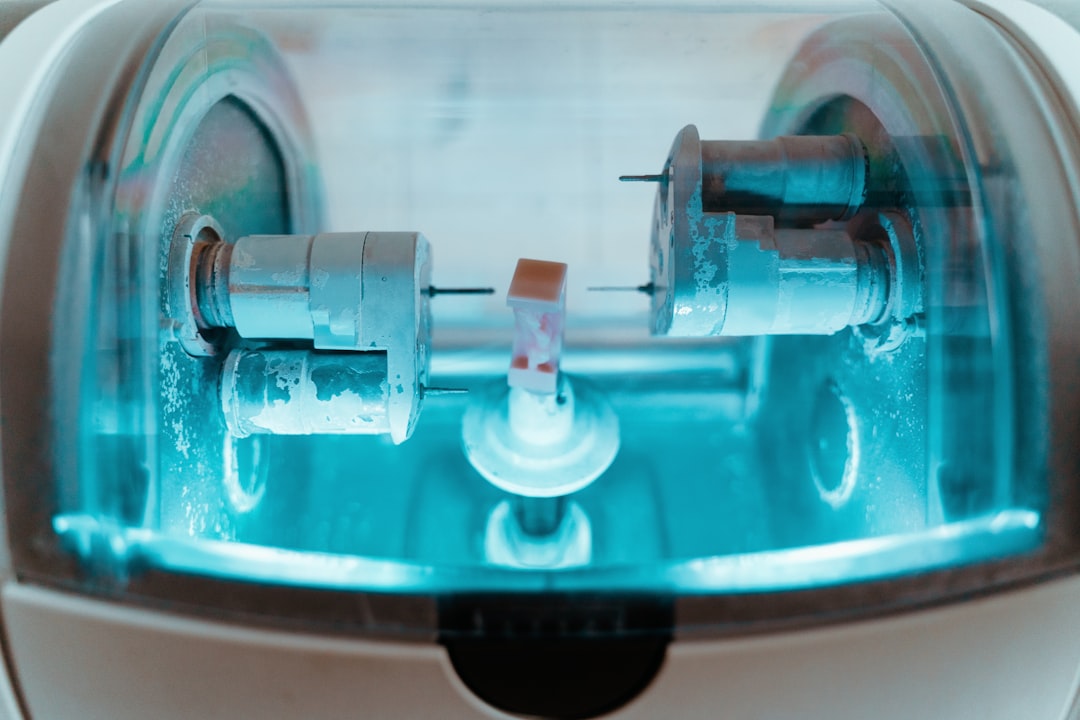What is it about?
Ferrimagnets have received renewed attention as a promising platform for spintronic applications. Of particular interest is the Mn4N of the manganese nitride as an emergent rare-earth-free spintronic material due to its perpendicular magnetic anisotropy, small saturation magnetization, high thermal stability, and large domain wall velocity. However, it is challenging to grow high quality Mn4N on silicon substrates that are CMOS-compatible. The research presents the successful creation of high-quality thin films of Mn4N with a (001) crystal orientation. This was achieved by sputtering layers of Mn onto Mn3N2 seed layers deposited on silicon substrates. The researchers observed that as the thickness of the deposited Mn layers varied, there was a continuous transformation in the layers' composition from Mn3N2/Mn to Mn3N2/Mn2N/Mn4N, then to Mn2N/Mn4N, and eventually to Mn4N. This evolution was attributed to nitrogen ion migration across the layers. The resulting Mn4N exhibited ferrimagnetic properties with perpendicular magnetic anisotropy, and its formation followed a nucleation-and-growth mechanism. The migration of nitrogen ions also led to a significant exchange bias effect, where the ferrimagnetic Mn4N interacted with antiferromagnetic Mn3N2 and Mn2N layers.
Featured Image

Photo by Maxence Pira on Unsplash
Why is it important?
These results demonstrate a promising all-nitride magneto-ionic platform with remarkable tunability for device applications.
Read the Original
This page is a summary of: Ionically driven synthesis and exchange bias in Mn4N/MnNx heterostructures, Applied Physics Letters, August 2023, American Institute of Physics,
DOI: 10.1063/5.0165895.
You can read the full text:
Contributors
The following have contributed to this page










